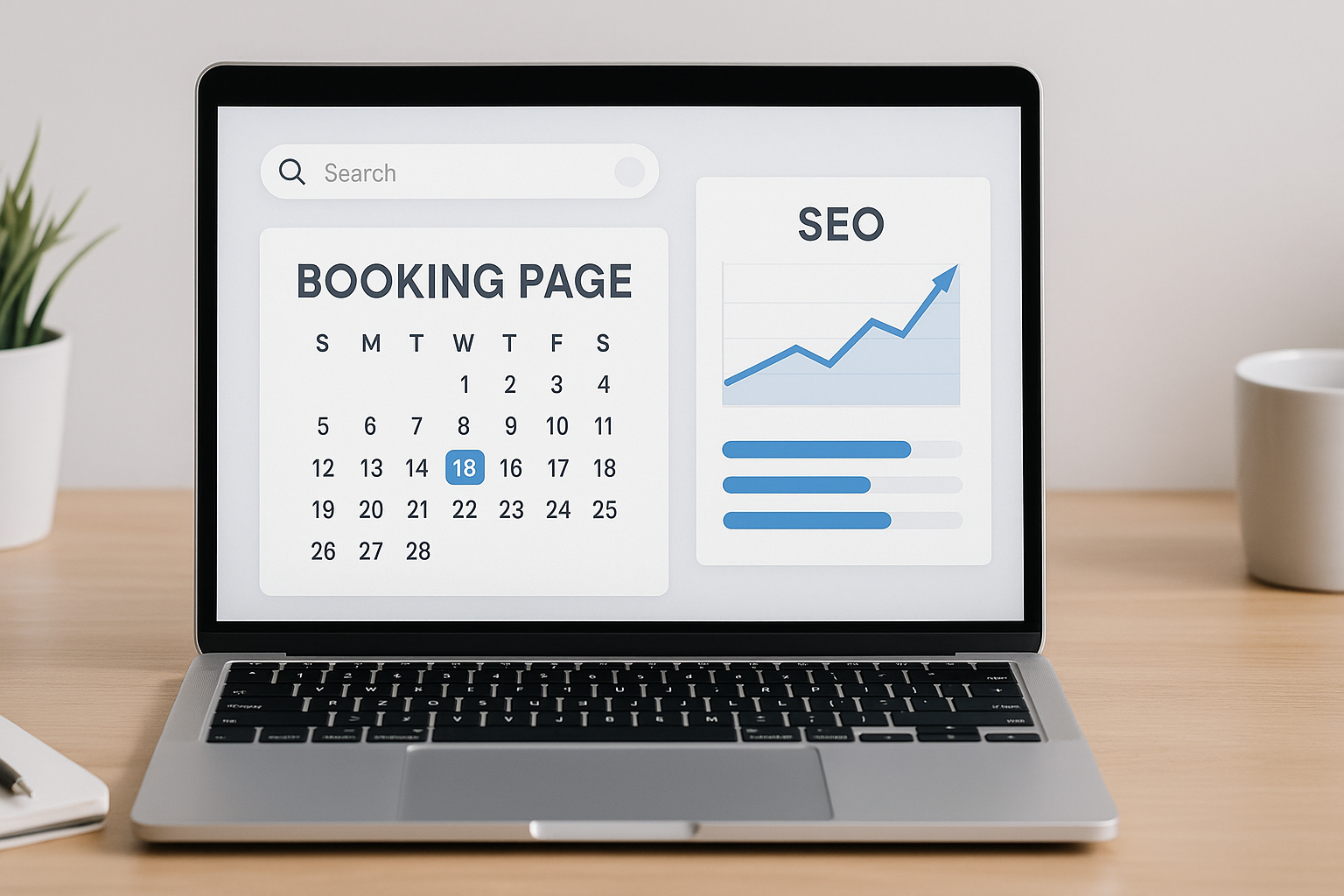Staying organized and productive is more crucial than ever nowadays. Digital planners have emerged as powerful tools to help individuals manage their time, tasks, and goals effectively. One of the key advantages of digital planners is the variety of templates available, each designed to cater to different planning needs and time horizons.
The Top Planner Templates
Daily Templates: The Micro-Level Approach
Daily planner formats are designed for those who thrive on detailed planning and enjoy breaking their day into specific time blocks. These templates typically include hourly schedules, to-do lists, and spaces for prioritizing tasks. They’re perfect for individuals with busy schedules or those who need to manage their time meticulously.
Benefits of Daily Templates
- Increase daily productivity
- Help maintain focus on immediate tasks
Weekly Templates: The Perfect Balance
Weekly templates offer a broader view of your schedule while still allowing for detailed planning. They usually span a full week on a single page or spread, providing space for daily tasks, appointments, and goals. Weekly planners are ideal for those who prefer to plan their week in advance but don’t need hourly breakdowns.
Advantages of Weekly Templates
- Provide a good balance between detail and overview
- Allow for better mid-term goal setting
Monthly Templates: The Big Picture View
Monthly planner designs offer a high-level overview of your commitments, deadlines, and goals. They’re excellent for tracking long-term projects, recurring events, and important dates. Monthly structures help you see the bigger picture and plan accordingly.
Benefits of Monthly Templates
- Help identify busy periods and potential conflicts
- Provide a snapshot of major events and deadlines
Yearly Templates: The Strategic Outlook
Yearly planner templates are designed for those who like to plan far in advance. They typically include a year-at-a-glance view, allowing you to mark significant events, set annual goals, and track sustainable progress. Yearly structures are crucial for strategic planning and big-picture thinking.
Advantages of Yearly Templates:
- Enable long-term goal-setting and tracking
- Provide perspective on annual commitments and milestones
Combination of Templates for Maximum Efficiency
While each type of planner structure has its unique benefits, the real power lies in combining all of them effectively. By integrating a daily/weekly/monthly/yearly planner template into your planning system, you can create a comprehensive approach that addresses both your short-term tasks and long-term goals. This multi-layered planning strategy allows you to zoom in on daily details while keeping sight of your broader objectives.
Here’s how you can effectively combine different templates:
- Start with the yearly template: Begin by outlining your annual goals and marking significant dates or events. This provides the foundation for your planning strategy.
- Break down into monthly plans: Use your monthly structures to divide your annual goals into manageable chunks. Assign specific objectives to each month, ensuring steady progress towards your yearly targets.
- Refine with weekly planning: Transfer your monthly goals and events into weekly templates. This is where you can start breaking down larger objectives into actionable tasks.
- Detail in daily templates: Finally, use daily structures to schedule specific tasks, appointments, and time blocks. This granular level of planning ensures that every day contributes to your larger goals.
By integrating these templates, you create a seamless flow from your big-picture aspirations down to your daily actions. This approach helps maintain focus on both immediate tasks and long-term objectives, reducing the risk of losing sight of important goals amidst daily busyness.
Moreover, this combined approach offers flexibility. You can adjust your plans at any level – daily, weekly, monthly, or yearly – without losing track of your overall progress. It also allows for better time management by helping you allocate your resources effectively across different time frames.
Another benefit of this integrated approach is the ability to review and reflect at different intervals. Daily reviews help you stay on track with immediate tasks, weekly reviews allow you to assess short-term progress, monthly reviews provide insights into your medium-term goals, and yearly reviews give you a chance to evaluate your overall direction and achievements.
Conclusion
The power of different digital planner templates lies in their ability to cater to various planning needs and time horizons. By understanding and effectively combining daily, weekly, monthly, and yearly templates, you can create a comprehensive planning system that enhances your productivity, helps you achieve your goals, and brings more structure to your personal life.








